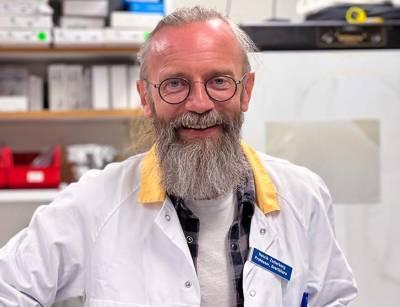Abstract
Stem Cells. 2024 Dec 20:sxae085. doi: 10.1093/stmcls/sxae085. Online ahead of print.
ABSTRACT
Human induced pluripotent stem cells (iPSCs) provide powerful cellular models of Alzheimer's disease (AD) and offer many advantages over non-human models, including the potential to reflect variation in individual-specific pathophysiology and clinical symptoms. Previous studies have demonstrated that iPSC-neurons from individuals with Alzheimer's disease (AD) reflect clinical markers, including β-amyloid (Aβ) levels and synaptic vulnerability. However, despite neuronal loss being a key hallmark of AD pathology, many risk genes are predominantly expressed in glia, highlighting them as potential therapeutic targets. In this work iPSC-derived astrocytes were generated from a cohort of individuals with high versus low levels of the inflammatory marker YKL-40, in their cerebrospinal fluid (CSF). iPSC-derived astrocytes were treated with exogenous Aβ oligomers and high content imaging demonstrated a correlation between astrocytes that underwent the greatest morphology change from patients with low levels of CSF-YKL-40 and more protective APOE genotypes. This finding was subsequently verified using similarity learning as an unbiased approach. This study shows that iPSC-derived astrocytes from AD patients reflect key aspects of the pathophysiological phenotype of those same patients, thereby offering a novel means of modelling AD, stratifying AD patients and conducting therapeutic screens.
PMID:39704342 | DOI:10.1093/stmcls/sxae085
UK DRI Authors

